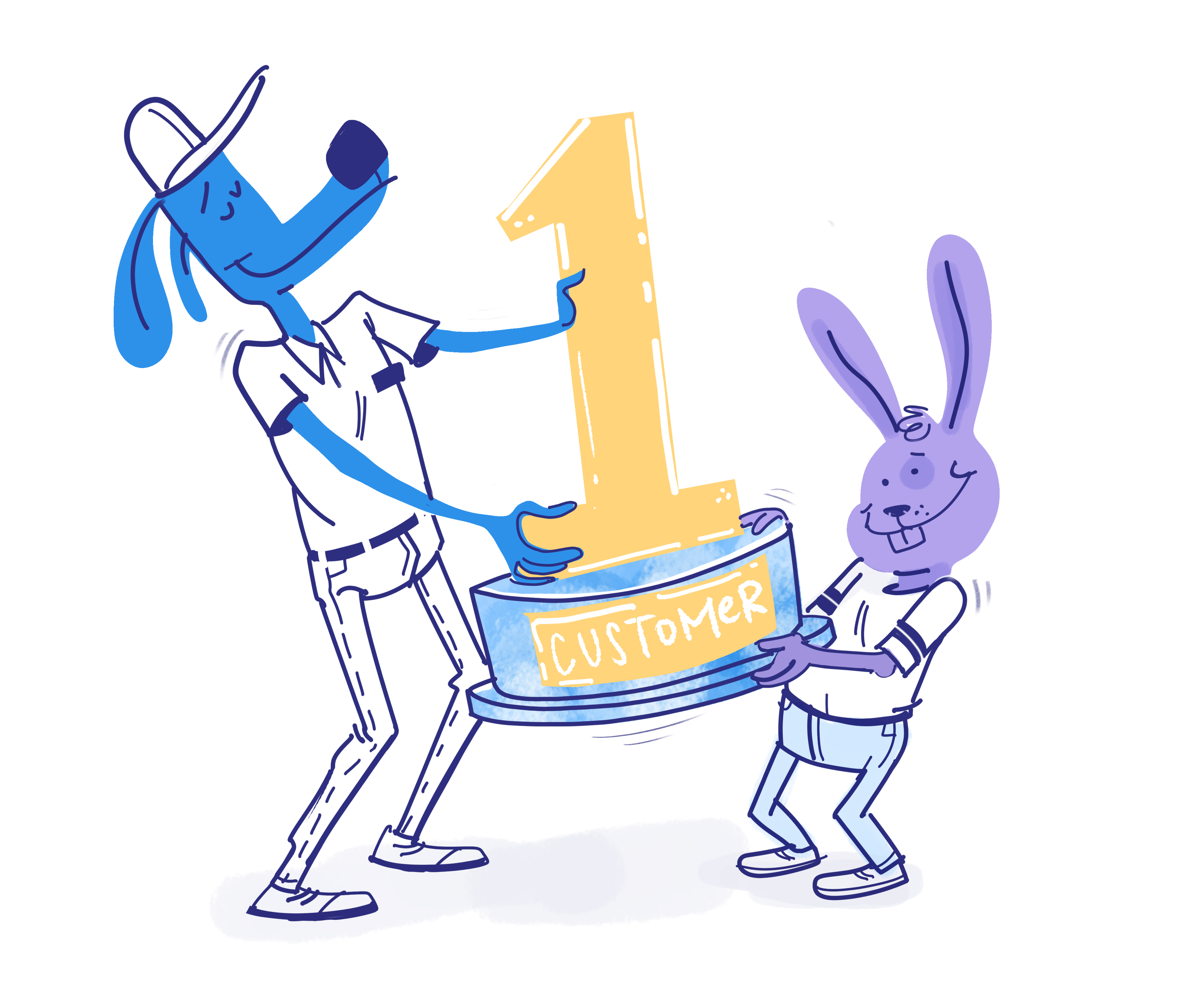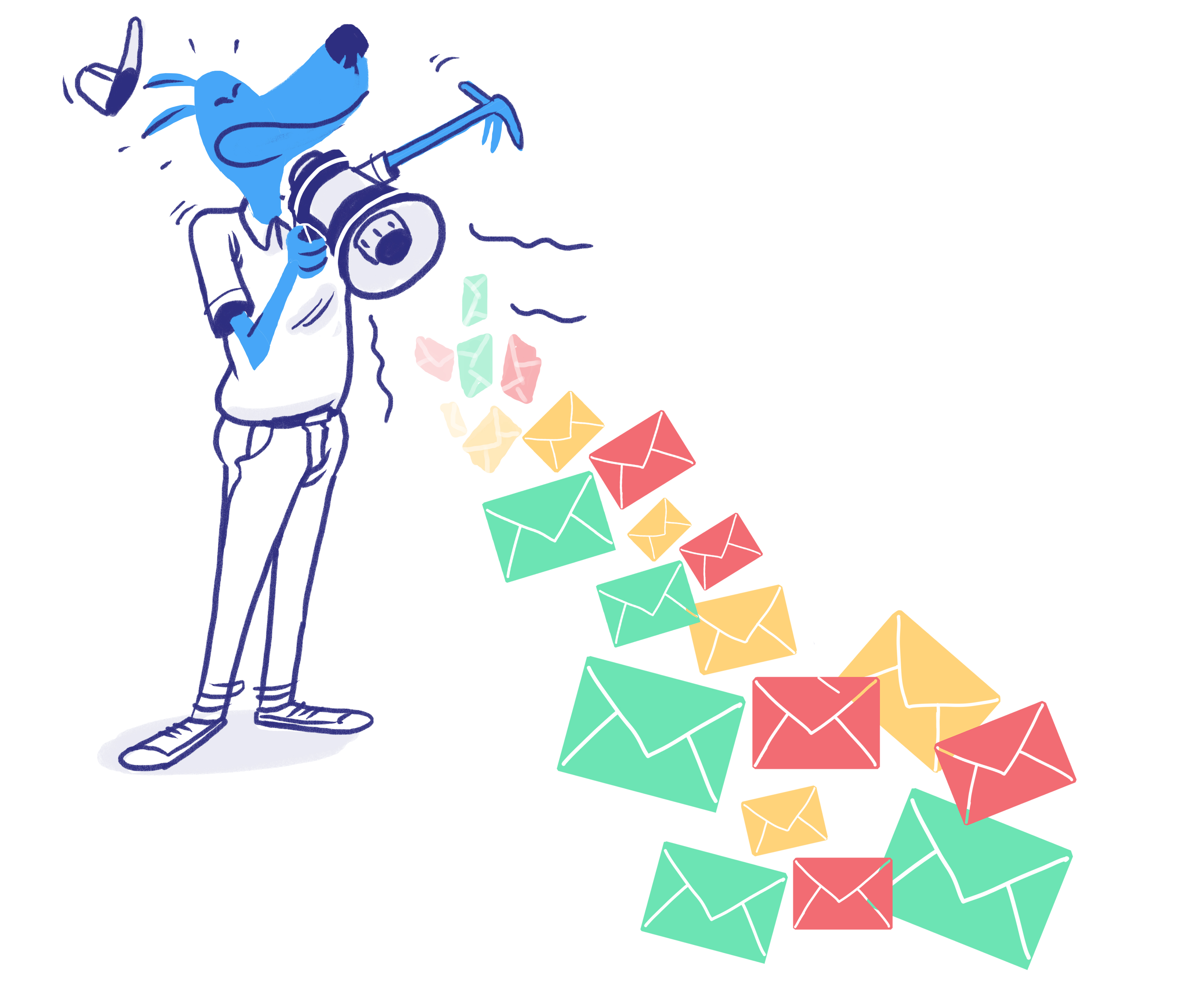MailChimp makes putting together email marketing campaigns a breeze. The platform, founded in 2001, currently boasts 8 million customers thanks to its intuitive design, comprehensive host of options, and reasonable pricing.
Plan overviews
MailChimp offers three separate account tiers: New Business, Growing Business, and Pro Marketer. Each tier provides different benefits for a base price, and all include the ability to send up to 12,000 emails per month to up to 2,000 subscribers. An additional charge is added when you want to exceed 12,000 emails or when your subscriber lists surpasses 2,000, and exceeding these numbers is not an option with the New Business plan – you’ll need to pay for one of the upper two tiers.
New Business: This free plan gives you access to MailChimp’s highly customizable email campaign creator. Take advantage of the free automation, customizable signup forms, and reporting and data tools.
Growing Business: For $10 per month, send 12,000 emails per month to up to 2,000 subscribers; or, send as many emails as you want to up to 500 subscribers. Take advantage of MailChimp’s advanced testing tools and features like the ability to send emails based on a subscriber’s time zone. With this tier, you can also integrate MailChimp with your customer relationship management software.
Pro Marketer: For $199 per month, get access to MailChimp’s full suite of features like multivariate testing, detailed reports, more complex automation, and MailChimp’s Mandrill, a transactional email platform.
Check out the subscriber and email quantity pricing for the Growing Business and Pro Marketer plans to see if the platform fits your budget.
Subscriber lists and signup forms
Once you’ve chosen your plan and set up an account, get started by creating a subscriber list. Manually add current contact information or import your subscriber list from a spreadsheet, Google contacts, or services like Zendesk or Salesforce. In your list, create separate segments to target specific, smaller groups, with up to 5 conditions for each segment. The options are extensive and MailChimp has a few preset segments you can use as well. Keep in mind that you can also build segments when you create each email campaign in the campaign builder.
After your current contact information is in place, set up your account to accept new subscribers with customizable signup forms. You start with a default template that you tweak to fit your needs: add additional fields, request permission to share the registrant’s data, and more. From here, play with the look of the form using the Design It tab, changing colors, fonts, and more so the template fits your brand. Now, just add the form where you need it: embed it in your website; integrate it into your WordPress, Wufoo, or Squarespace account; or, share the form on Facebook or Twitter. Once someone fills out the form, it automatically adds the signups to the subscriber list the form is tied to, as well as any applicable segments.
Creating email templates
MailChimp’s drag and drop editor makes it easy to create stunning email templates for your campaigns. Start with the Basic template to completely customize how your email looks, choose from one of MailChimp’s featured templates if you want something even faster and simpler, or opt for a themed template so all you have to do is add the content. If you know HTML or you already have a template for your newsletter or emails, you can just add or import the code using the Code Your Own option. Create as many templates as you want; when you’re ready to create a campaign, you’ll have all of your template choices at your disposal.
Putting together email campaigns
After the legwork is done, building a campaign is pretty straightforward. Head to the Campaign Builder, create a new campaign, choose your list segment or create a new one in the builder, and then select an email template you want to use. All that’s left to do from here is actually create the content (you know, the hard part). Reuse blog posts, create shopping guides, offer up a recap of an event you showcased on social media, or let subscribers know about upcoming sales or product launches. Run the finished email through a test send to all major email services, check for errors, and then send the email immediately or schedule it to send on a certain date.
Remember: email marketing requires that you individualize the content as much as possible, that everything you send adds some value to the subscriber, and that the tone and type of content you’re putting out fits your brand’s personality. All of that is a tall order, especially when you’re just starting out with email marketing, but the beauty of MailChimp is that it takes over a lot of the automation, segmenting, and design aspects so you can focus on creating email marketing campaigns that are purposeful, useful, and interesting.




